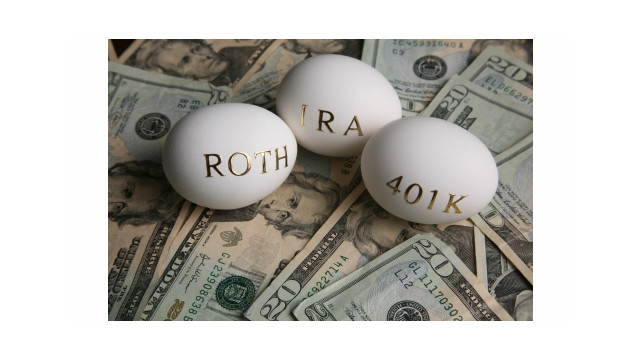Payroll
Automatic Enrollment 401(k)s Become Automatic
If an employer includes an automatic enrollment feature in its 401(k) plan, it may encourage greater participation among the rank-and-file, especially younger workers.
Mar. 27, 2023

If an employer includes an automatic enrollment feature in its 401(k) plan, it may encourage greater participation among the rank-and-file, especially younger workers, while helping to meet nondiscrimination requirements. But some employers may not have a choice soon. Under the new law enacted at the end of 2022—dubbed SECURE Act 2.0—automatic enrollment may be mandated.
Background information: With a 401(k) plan, an employee can elect to defer part of their salary on a pre-tax basis to a personal account, subject to generous limits. In addition, the employer can make “matching contributions” up to a stated percentage. The amounts contributed to the account compound without any current tax erosion until withdrawals are made—usually, in retirement. These distributions are taxed at ordinary income rates.
For 2023, the deferral limit is $22,500 for most employees. If an employee is age 50 or older, they can kick in an extra “catch-up contribution” of $7,500, for a maximum total of $30,000. (SECURE Act 2.0 enhances the catch-up contributions for certain workers in their sixties, beginning in 2025.)
However, highly-paid employees may be penalized if the plan doesn’t meet the stringent nondiscrimination requirements. By using automatic enrollment, it’s easier to qualify. As the name implies, employees are automatically enrolled in the plan, unless they proactively opt out. Human nature being what it is, employees usually go along with the status quo.
Now SECURE Act 2.0, a follow-up to the initial SECURE Act passed in 2019, requires some companies to use automatic enrollment—like it or not. Here’s a brief review of the main changes.
- If an employer establishes a new 401(k) plan on or after December 29, 2022—SECURE Act 2.0’s date of enactment—it must provide automatic enrollment and meet escalator requirements, starting with plan years beginning after 2024. Therefore, a calendar-year plan established in 2023 must begin to comply in 2025.
- The new plan must include an automatic enrollment feature with a uniform automatic enrollment percentage equal to at least 3%, but no more than 10%, for an employee’s first year of plan participation.
- The plan must also include an automatic escalator feature increasing the contribution percentage automatically by 1% each year until the contribution reaches at least 10%, but no more than 15%.
- The plan must permit employees to withdraw amounts, plus earnings, that were automatically contributed to the plan within 90 days of the time the contributions are made. As before the new law, these withdrawals are exempt from the 10% penalty tax on withdrawals prior to age 59½, unless a special exception applies.
Note that the automatic enrollment and escalation provisions don’t apply to Roth 401(k) plans that rely on after-tax contributions to the accounts of employees.
Safe-harbor: The new requirements won’t affect all employers. For instance, your plan is grandfathered if it was adopted before December 29, 2022. In addition, small businesses with ten or fewer employees or those in existence for three years or less are exempt.
Nevertheless, you may to take this approach in any event. Consult with your professional advisors.
